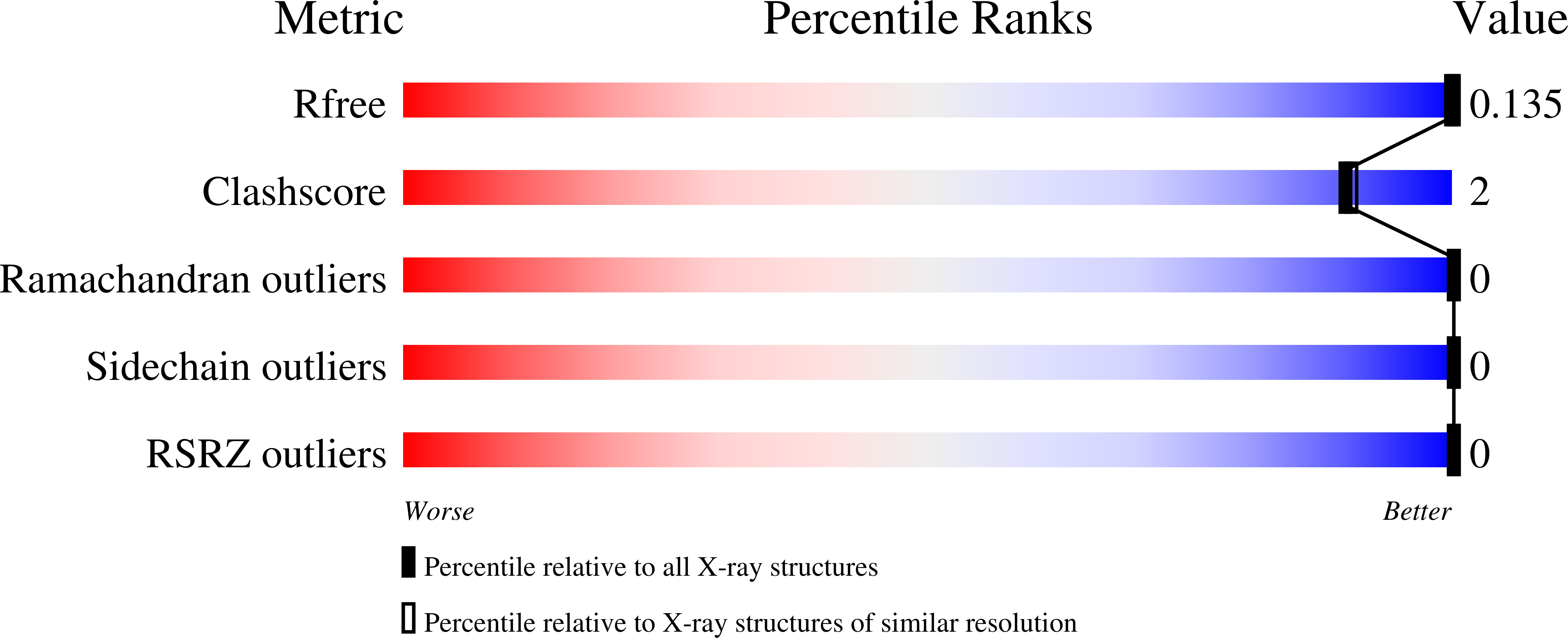
Deposition Date
2017-03-14
Release Date
2018-10-10
Last Version Date
2024-01-17
Entry Detail
PDB ID:
5NFL
Keywords:
Title:
Crystal structure of YrbA from Sinorhizobium meliloti in complex with cobalt.
Biological Source:
Source Organism:
Host Organism:
Method Details:
Experimental Method:
Resolution:
1.90 Å
R-Value Free:
0.14
R-Value Work:
0.13
R-Value Observed:
0.13
Space Group:
P 21 21 21


